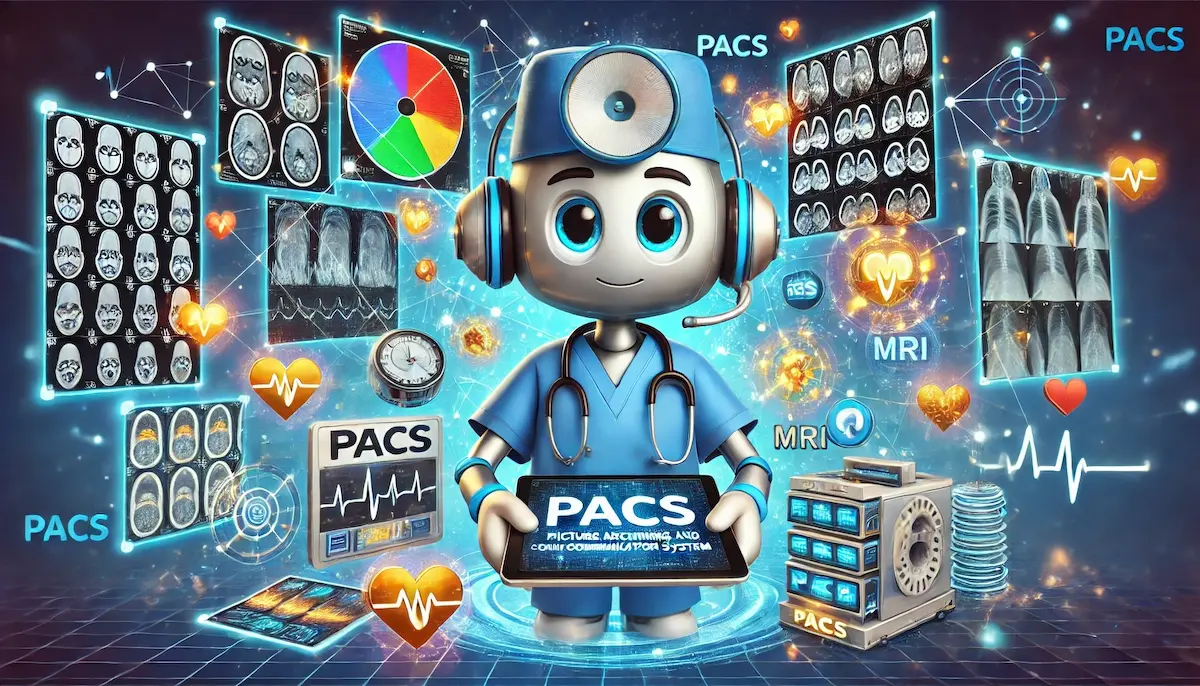Picture Archiving and Communication System (PACS) is a medical imaging technology designed to securely store, retrieve, distribute, and present medical images. This system has revolutionized the way radiological images are managed, facilitating improved workflow, enhanced accessibility, and better patient care in medical facilities.
The Evolution of PACS
PACS emerged in the 1980s as a response to the growing need for efficient management of radiological images. Traditional film-based methods were cumbersome, time-consuming, and prone to deterioration. With the advent of digital imaging and advancements in computer technology, PACS evolved to provide a more streamlined and reliable solution for handling medical images.
Key Components of PACS
Image Acquisition
PACS integrates with various imaging modalities such as X-rays, CT scans, MRI, and ultrasound to acquire digital images. These images are captured and directly sent to the PACS server, eliminating the need for physical film and reducing the time between image acquisition and availability.
Image Storage
One of the core functions of PACS is secure image storage. Digital images are stored in a central repository that can be accessed by authorized personnel from different locations. Advanced compression techniques ensure efficient use of storage space while maintaining image quality.
Image Retrieval
PACS allows for quick and easy retrieval of stored images. Healthcare professionals can search for and access patient images using various criteria such as patient name, ID, or date of the study. This instant access to historical and current images is crucial for accurate diagnosis and ongoing patient care.
Image Distribution
PACS enables the seamless distribution of images across different departments and even between different medical facilities. This capability supports tele-radiology and collaborative consultations, where specialists can review and interpret images remotely, enhancing patient care and decision-making.
Image Presentation
PACS includes sophisticated software for image viewing and analysis. Radiologists and other healthcare professionals can use these tools to manipulate images, adjust contrast and brightness, zoom in on specific areas, and make precise measurements. This functionality enhances the accuracy of diagnoses and treatment planning.
Benefits of PACS
Improved Workflow and Efficiency
PACS streamlines the imaging workflow by automating many manual processes involved in image handling. This leads to faster turnaround times for image acquisition, interpretation, and reporting, ultimately improving patient care.
Enhanced Accessibility
Digital images stored in PACS can be accessed from multiple locations, allowing healthcare providers to view and share images without the constraints of physical film. This is particularly beneficial in emergency situations where quick access to images is critical.
Better Image Quality and Management
PACS maintains high-quality images that do not degrade over time, unlike traditional film. The system also supports advanced image processing and analysis, enabling more accurate diagnoses and effective treatment planning.
Cost Savings
By eliminating the need for physical film, PACS reduces the costs associated with film storage, retrieval, and processing. Additionally, the improved efficiency and productivity can lead to overall cost savings for medical facilities.
Challenges and Future Directions
Despite its many advantages, PACS implementation comes with challenges such as high initial costs, the need for ongoing maintenance, and ensuring compatibility with different imaging modalities and healthcare information systems. Data security and patient privacy are also critical concerns that require robust encryption and compliance with regulatory standards.
Looking ahead, the integration of artificial intelligence (AI) and machine learning with PACS is expected to further enhance image analysis and interpretation. AI can assist radiologists by quickly identifying patterns and abnormalities, improving diagnostic accuracy and efficiency.
PACS has transformed the field of medical imaging by providing a robust, efficient, and secure system for managing digital images. As technology continues to advance, PACS will play an increasingly important role in delivering high-quality, accessible, and cost-effective healthcare.
Blockfine thanks you for reading and hopes you found this article helpful.
